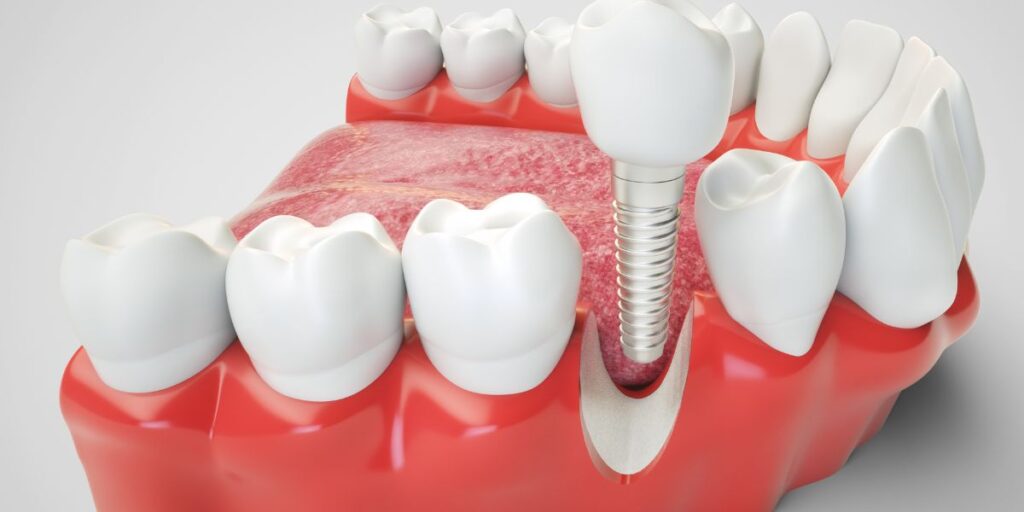Introduction
Dental implants have revolutionized the field of dentistry, offering a reliable and natural-looking solution for replacing missing teeth. But what makes dental implants so effective? In this article, we’ll explore the science behind dental implants, shedding light on the remarkable technology that enables them to restore smiles, enhance oral health, and improve overall quality of life.
What Are Dental Implants?
Dental implants are sophisticated devices that serve as artificial tooth roots. They are typically made of biocompatible materials, such as titanium, and are surgically implanted into the jawbone. These implants act as sturdy anchors for dental prosthetics, such as crowns, bridges, or dentures.
The Science of Osseointegration
The key to the success of dental implants lies in a process known as osseointegration. Osseointegration is the natural bonding of the implant with the surrounding bone tissue. Here’s how it works:
- Implant Placement: During the initial surgical procedure, the dental implant is carefully inserted into the jawbone. This implant acts as a foundation for the prosthetic tooth.
- Healing and Integration: Over a period of several months, the bone tissue naturally fuses with the implant. This process is called osseointegration and is what provides dental implants with their unparalleled stability.
- Sturdy Foundation: Once osseointegration is complete, the implant becomes a robust and permanent part of the jawbone. This forms a strong foundation for attaching the artificial tooth.
The Biocompatibility of Dental Implants
The biocompatibility of dental implants is a crucial aspect of their success. Titanium, a commonly used material for implants, has the unique property of being well-tolerated by the body. It does not trigger adverse reactions from the immune system, making it ideal for surgical use.
Design and Precision
Dental implants are meticulously designed to mimic the structure of natural teeth. This precision ensures that the implant, abutment (connector), and prosthetic tooth fit seamlessly within the oral environment. Implant design also contributes to stability, longevity, and optimal functionality.
Benefits of Dental Implants
Understanding the science behind dental implants illuminates their numerous advantages:
- Natural Look and Feel: Dental implants closely resemble natural teeth in both appearance and function.
- Durability: Thanks to osseointegration, dental implants offer long-term reliability.
- Oral Health: Implants prevent bone loss and maintain the integrity of surrounding teeth.
- Improved Chewing: They provide a strong, stable biting surface, allowing you to enjoy your favorite foods.
- Enhanced Confidence: Dental implants can boost self-esteem and overall quality of life by restoring a complete smile.
Conclusion
Dental implants are not just prosthetic devices; they are the result of scientific innovation and precision engineering. The science behind dental implants, including osseointegration, biocompatibility, and meticulous design, ensures they are a reliable, natural-looking, and long-lasting solution for missing teeth. By understanding the science, you can appreciate the incredible technology that has made dental implants a transformative advancement in modern dentistry. If you’re considering dental implants, consult with a dental professional to explore this remarkable path to a strong and healthy smile.

